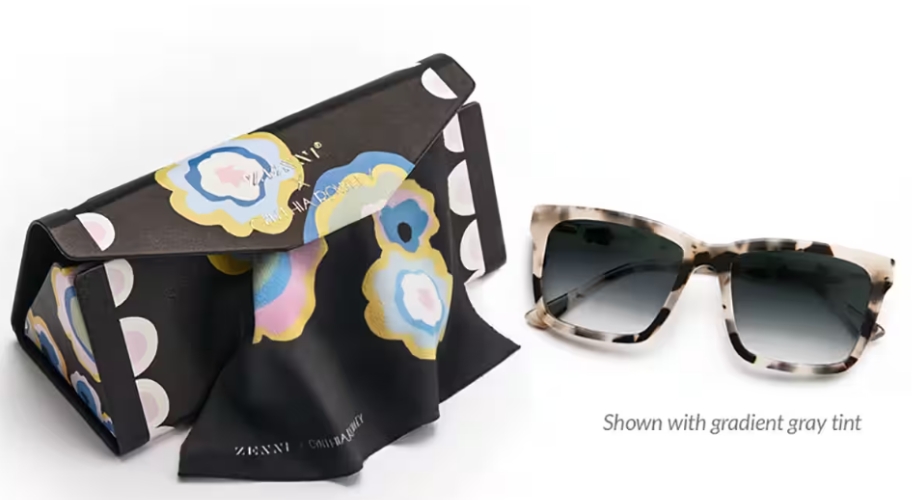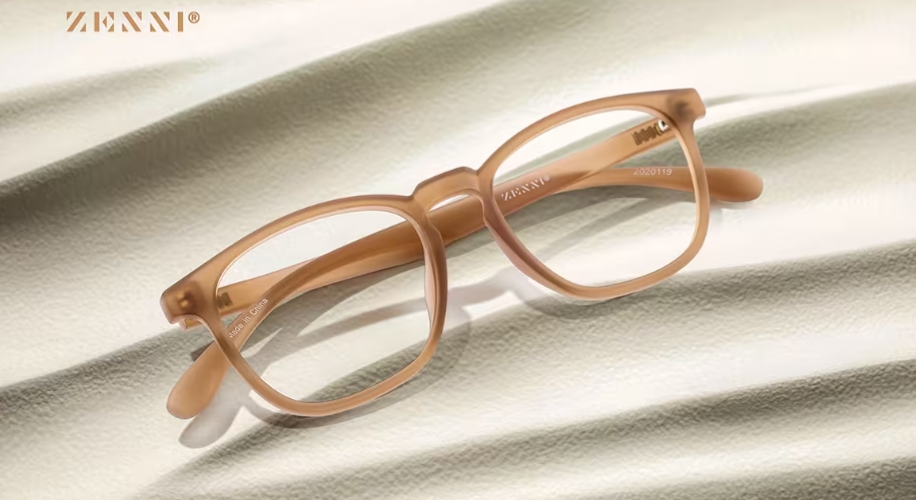Discovering the World of Multifocal Reading Options

When it comes to eyewear, the options available are as diverse as the individuals who wear them. One such option that has gained popularity for its functionality and convenience is multifocal reading glasses. These innovative glasses are designed to correct presbyopia, a condition that often affects individuals over the age of 40, causing difficulty in reading small print or performing close-up tasks. However, understanding and adjusting to multifocal lenses can be a challenge. This article aims to provide a comprehensive guide to help you navigate the world of multifocal reading glasses.
Shop Frame
Multifocal Reading Glasses: A Quick Overview
Multifocal reading glasses are eyewear that feature several prescriptions in one set of lenses. They help individuals who have presbyopia (a condition characterized by difficulty focusing on near objects, a common occurrence as we age) see clearly at different viewing distances. Its design provides a gradual transition from distance to intermediate to reading prescriptions, eliminating the need to switch between different glasses for different tasks. The three main types of multifocal eyewear are bifocals, trifocals, and progressive lenses.
Shop Frame
Reading Glasses for Presbyopia
- Bifocals: These feature two lens powers. The top part of the lens is for distance viewing, while the bottom segment is for close-up activities such as reading.
- Trifocals: These have three lens powers and provide clear vision for distance, intermediate, and near viewing.
- Progressive lenses: Also known as no-line bifocals, progressive lenses provide a smoother transition between different lens powers, offering a more natural vision experience.
Shop Frame
Choosing Progressive Readers
Selecting the right progressive readers can be a game-changer in your daily life. Here are some factors to consider:
- Lens Design: Progressive lenses come in different designs, each addressing varying vision needs. Some lenses have a wider reading area, while others are designed for more comfortable intermediate vision.
- Frame Size: The size of your frames can impact the effectiveness of your lenses. Larger frames can accommodate the smooth progression of lens powers better than smaller frames.
- Personal Needs: Your lifestyle and daily activities will dictate the best type of progressive lenses for you. For instance, if you spend a lot of time outdoors, you may benefit from photochromic progressive lenses that darken in sunlight.
Shop Frame
Tips for Adjusting to Progressive Lenses
Switching to progressive lenses can take some time to get accustomed to, especially if you have previously used single-vision glasses. Here are some tipsas well as a guide to help you adjust:
- Give it Time: Adjustment periods vary, but most users become comfortable with their new lenses within a week or two.
- Follow Your Nose: To get a clear focus, point your nose directly at what you’re trying to see.
- Move Your Head, Not Your Eyes: When using progressive lenses, it’s more comfortable to move your head than your eyes to see different viewing distances.
Progressive reading glasses offer a convenient solution for presbyopia, allowing you to see at different distances without changing glasses. With the right pair, you can enjoy a smoother transition between different viewing distances, making your daily activities more comfortable and efficient. Embrace the world of multifocal reading options and experience the benefits firsthand.
About the Author: Dr. Sophia Moh, OD, ABOC
Dr. Sophia Moh, OD, is an optometrist based in the Bay Area, California. She holds a doctorate from UC Berkeley School of Optometry and has worked in various eye care settings, including primary care optometry, general ophthalmology, community health clinics, and Veterans Affairs. Dr. Moh is dedicated to improving global vision health by making high-quality, affordable eyewear accessible to all. She is also a certified American Board Optician (ABO) and actively contributes to optical education through training and lectures.






 Canada
Canada